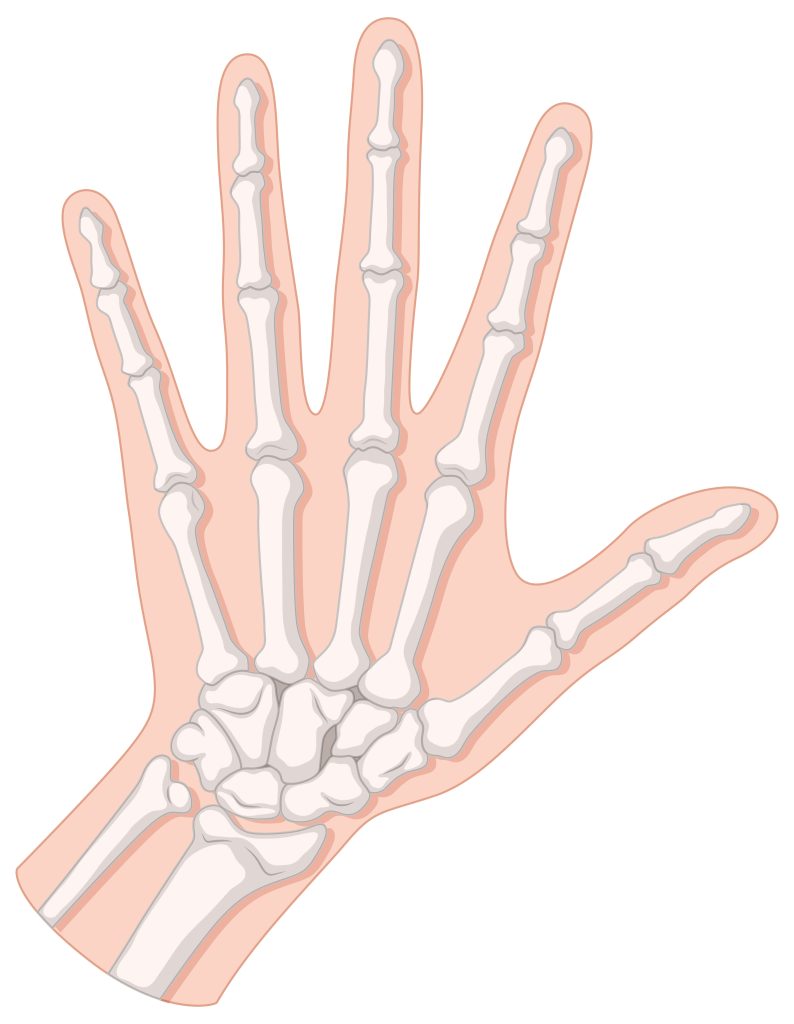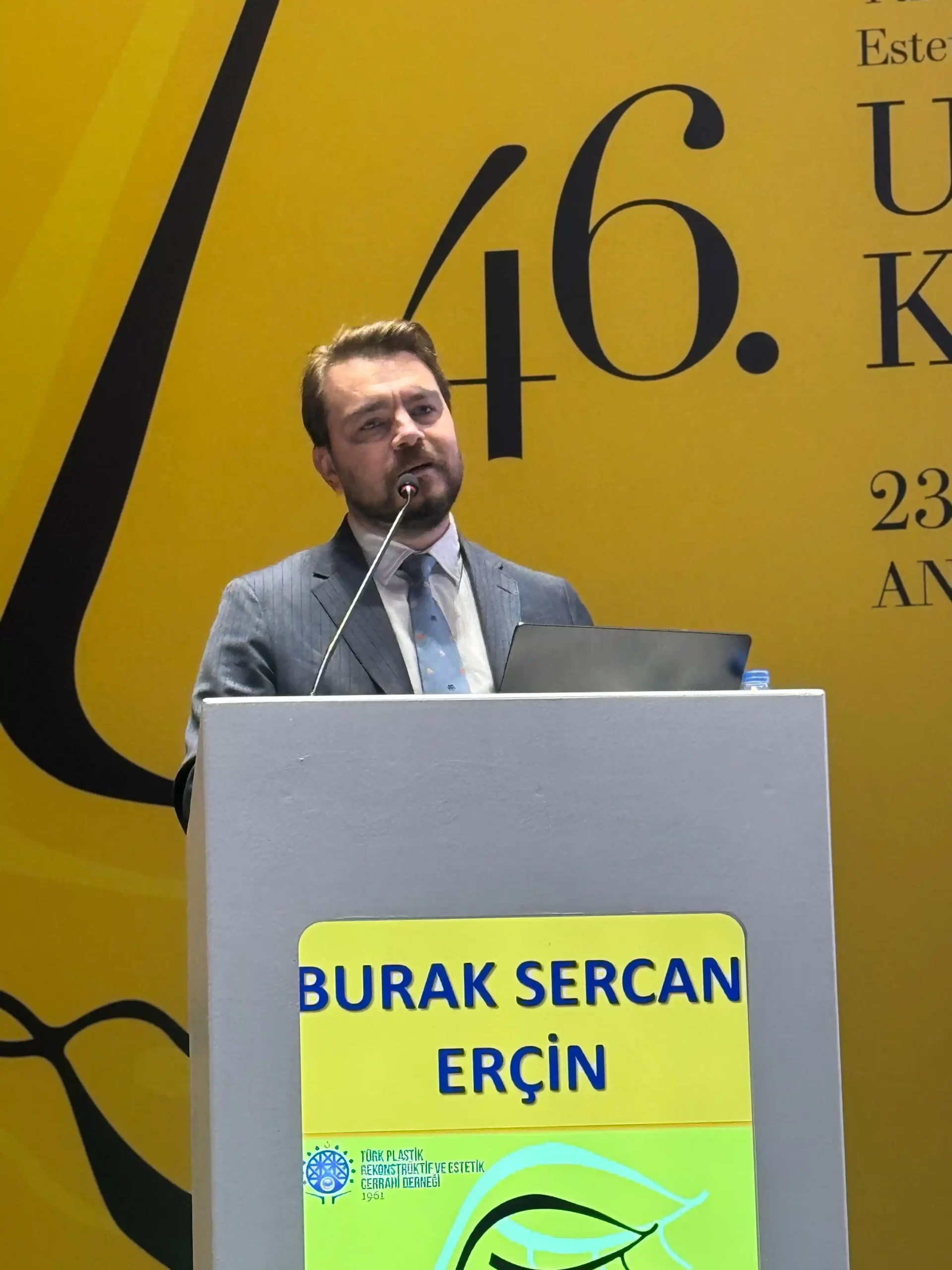Reconstructive Hand Surgery.
The hands and wrists are some of the most physically used body parts. We use our hands to cook, work, be productive, make music and art, etc.
We simply use our hands every day and in many ways. The problems start when our hands and wrists start to be painful from overuse or injuries.
The restoration of the integrity of tissues, bodily parts, or organs is the focus of reconstructive surgery, and in our case, reconstructive hand surgery. It is essential in the case of congenital deformities, surgical treatments, or traumas.
Hand Surgery is a wide term for a variety of surgical treatments used to treat hand-related conditions. The surgical procedure will depend on the specific hand condition, its location, and its severity. The recovery period will also vary depending on the type of operation done.
Patients include people involved in accidents and babies with developmental problems, among others. These procedures are frequently fairly intricate, and many of them necessitate preoperative work and the precision of plastic surgeons.
Finger Transplantation.
Finger transplantation is most often done on people who don’t have fingers or lost their fingers. How severely affected the finger and its tendons are is also important. It is judged by how much the hand’s functions are impeded. The greater the obstacle, the more complex the operation will be.
Finger transplantation is usually the right thing to do if the finger is not completely gone. But it can be applied for partial finger cuts as well. Surgeons usually use finger transfer on people who have lost a finger in an accident and cannot sew it back on.
Another type of patient is one who was not born with a finger or a finger that is genetically deformed. There are a lot of options, like one-finger or two-finger transplants, depending on how many fingers are missing.
The goal is to present the patient with a hand that can grip, work, and be used in a normal daily life routine. In other words, a finger transfer can be a lifesaver for every patient who doesn’t have a functional finger.
Arm Paralysis.
Brachial palsy, more commonly known as, genital arm paralysis, is defined as muscle weakness and atrophy that develops in the arm, forearm, and hand, usually since birth.
Arm paralysis occurs due to the stretching of the nerve structures that start from the neck region of the baby’s spinal cord and extend from the armpit to the hand during difficult birth processes.
Congenital/acquired arm paralysis occurs in 1 or 4 out of 1000 newborn babies. Conditions that increase the risk of congenital paralysis are:
- Multiple pregnancies,
- The size of the baby,
- After a long and difficult birth,
- In the case that the baby enters the birth canal with his legs and turns upside down.
Congenital paralysis is expected to develop when the baby reaches 2 years of age. Some treatments are required for infants’ joint movements and active use of their joints. In cases that do not or cannot go away on their own, it can be treated with hand surgery.
When it comes to adults, arm paralysis can be caused by motorcycle accidents, other types of traffic accidents, falls, or any form of injury. In the case of closed injuries, the patient is monitored for three months and undergoes testing in the interim.
Even if the structural integrity of the nerve transfer is not compromised, traction injuries can cause temporary loss of nerve function.
In three months, the majority of these individuals recover. Prior to nerve surgery, accompanying ailments such as bone fractures and vascular damage are evaluated and treated.
As with other nerve injuries, procedures that are performed soon following the diagnosis have a higher success rate.
Foot-To-Hand Surgery
Immediate stitching of the severed hand or fingers resulting from accidents and traumas is a surgical method for the lost hand tissue with ones from the foot. This surgery is a viable alternative to finger transplantation.
Before foot-to-hand transplantation, a decision must be made whether to perform the transplantation after the patient’s physical examination and radiological examinations.
Foot-to-hand transplants may be preferred depending on the following situations;
- In index finger losses
- Loss of all or part of the thumb
- In the loss of more than one finger, foot-to-hand transplant treatment is applied.
Finger or tissue losses may occur due to cancer, genetic reasons, work accidents, and due to traffic accidents. It is used for finger transfer from foot to hand because the use of the hand or finger functions is lost.
The big toe is preferred for the big toe transplants performed in adult patients, and the second toe is preferred for the transplant in pediatric patients.
Dr Burak Professional Reconstructive Surgeries
Dr. Burak Sercan will answer all of your questions about Hand Surgery, which is a very critical surgery for many people around the world. Get in touch with us right away on our Email , Phone , or Contact US Webpage, for the best prices and the best health services available.
You can access our other articles on Hand Surgery from the links below:











